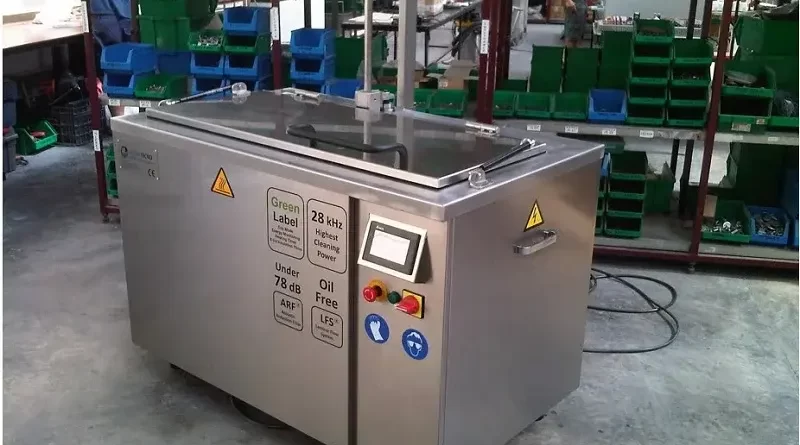Going Green: Industrial Ultrasonic Cleaners- Reducing Contaminant Waste
Industrial ultrasonic cleaners are ubiquitous across manufacturing, maintenance, and repair operations in sectors such as aerospace, automotive, medical, and electronics. These cleaners provide a fast, thorough method of removing oils, greases, particulate matter, and other contaminants from parts through the action of powerful ultrasonic waves. Items ranging from small precision components to large mechanical parts can be effectively cleaned.
How Do Industrial Ultrasonic Cleaners Work?
The ultrasonic waves create millions of microscopic bubbles that implode against surfaces, dislodging even tiny embedded contaminants in a process called cavitation. This allows ultrasonic cleaning to penetrate intricate geometries and inner diameters that are difficult to reach through spraying or immersion alone. With their speed and cleaning power, industrial ultrasonic systems are a workhorse across production facilities, machine shops, hospitals, and other workplaces needing to clean a high volume of components. What should every company know about industrial ultrasonic cleaners today?
Aqueous-Based Cleaners Minimize Contaminants
Switching to aqueous-based cleaners is one impactful way companies can reduce contaminants. Traditional solvent-based cleaners contain regulated and hazardous chemicals such as methylene chloride, trichloroethylene, methyl ethyl ketone, and toluene. Switching to water-based cleaners eliminates those harmful chemicals from being discharged into wastewater streams. Beyond reducing regulated contaminants, aqueous cleaners also improve worker safety by eliminating exposure to dangerous fumes.
Ultrafiltration Systems Maximize Contaminant Removal
Another technology upgrade is installing ultrafiltration systems on ultrasonic washers. These filtration systems use membranes to capture oils, greases, and particulate matter before they enter the wastewater stream. Periodic filter replacement maintains optimal performance. Choosing ultrafiltration over simple sediment filters maximizes contaminant removal from ultrasonic wash solutions.
Adjustments to Ultrasonic Cleaning Processes Reduce Contaminants
Adjusting ultrasonic cleaning processes can also lead to contaminant reductions. Using the optimal amount of cleaning solution relative to load size decreases wastewater volume. Running smaller loads more frequently rather than batch processing large loads improves cleaning action with less chemistry consumption. Turning heaters and pumps off promptly when not actively cleaning minimizes evaporation losses. Covering tanks when not in use reduces contamination from airborne particulates. These simple process adjustments can create meaningful contaminant waste reductions.
Control Contaminant Volume With the Help of Solvent Management
Thoughtful solvent management also reduces contaminant waste from ultrasonic cleaning activities. Allowing adequate drip time over solvent recovery trays prevents unnecessary drag-out losses. On-site distillation or purification systems close the loop on solvent reuse rather than relying on continuous new products. Cleaner concentrates should be added to rinse water for an extra margin of safety. Avoiding cross-contamination of water-based and solvent-based cleaning systems is also advised.
Train Employees to Increase Awareness of Contaminant Management
Employee training improves the contaminant waste footprint through heightened awareness. Reviewing standard operating procedures and equipment manuals ensures best practices are followed. Conducting periodic audits helps identify additional waste reduction opportunities. With training, employees gain knowledge to control cleaning processes optimally, manage chemistry, and understand environmental compliance requirements. An engaged and informed workforce is critical for successful pollution prevention initiatives.
With rising environmental concerns and tightening regulations, managing contaminant waste from industrial activities is growing in importance. For companies with ultrasonic cleaning operations, reducing contaminant waste should be a priority. Implementing technology upgrades, process improvements, and employee training are practical ways companies can lower their environmental footprint while continuing to benefit from the utility of ultrasonic cleaning systems. With some forethought, ultrasonic cleaners can effectively clean parts without generating unnecessary hazardous waste and pollution.




